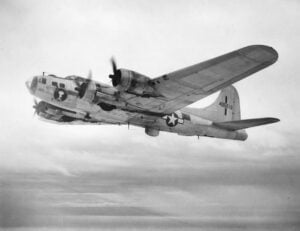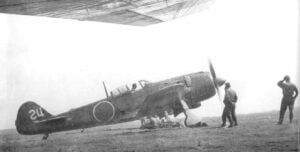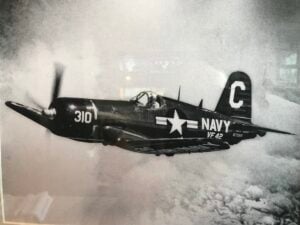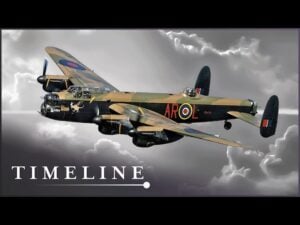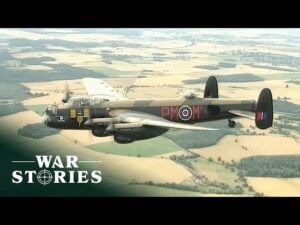Why This Giant WW2 Bomber Terrified Everyone

YouTube / Dark Skies
The Tupolev TB-3 was a monoplane heavy bomber developed in the 1930s by the Soviet Union and used during the early years of the Second World War.
The TB-3

The Soviet Union recognized the need for a strategic heavy bomber that could protect its vast territory.
Developed by Andrei Tupolev, the TB-3 was designed to carry significant payloads over long distances. This requirement was driven by the Soviet Union’s vast geography and the need to defend its borders from potential aggressors.
Influenced by the designs of German engineer Hugo Junkers, the TB-3 featured a corrugated “duralumin” exterior, enhancing its durability.
Ahead of Its Time
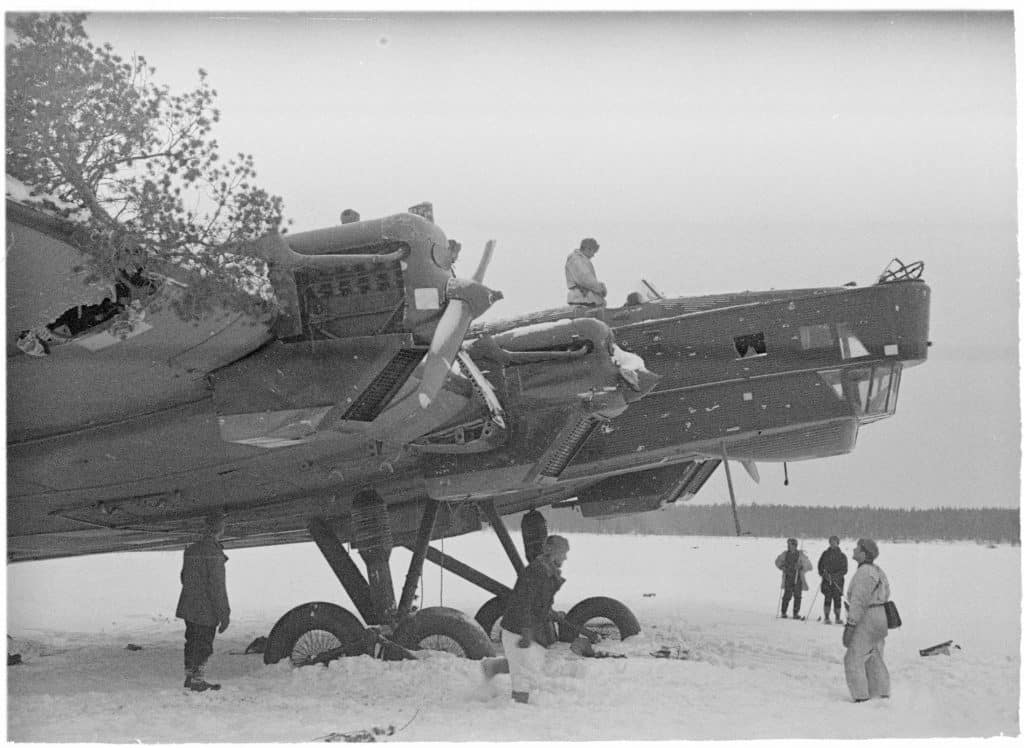
The TB-3’s design was ahead of its time. Its frame featured V-section beams covered with non-stressed corrugated skin with thicknesses that range from 0.3 to 0.6 mm. These offered additional strength without a substantial increase in weight. The cantilever wings supported by four tube section spars enhanced the aircraft’s sturdy design.
Initially powered by BMW VI engines, the TB-3 transitioned to Soviet-built Mikulin M-17 engines. Its 40-meter wingspan also housed 4 engines, propelling it to a top speed of 130 mph and a service ceiling of 15,000 ft.
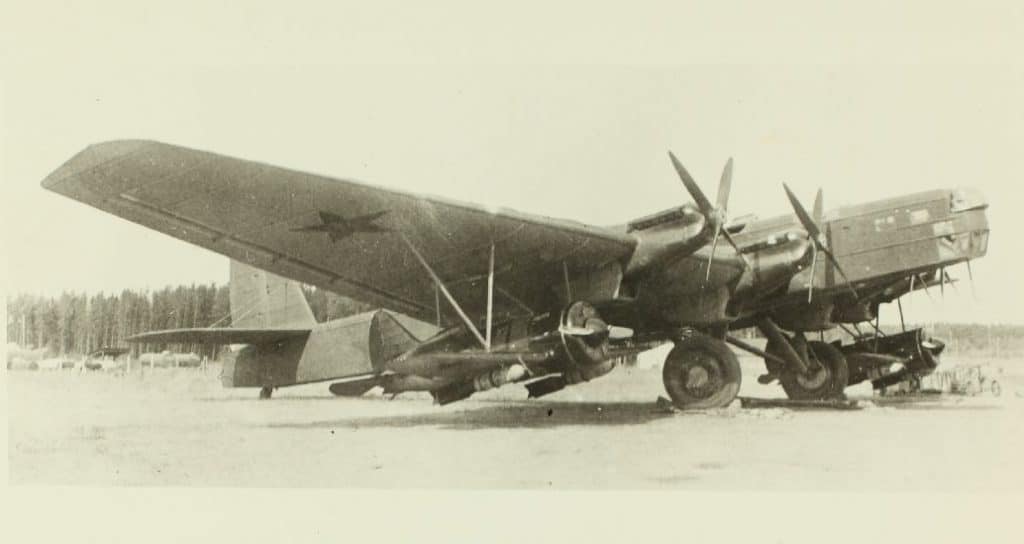
With a range of 1,200 miles, it showcased an impressive performance for its era. It entered service with the Soviet Air Force in 1932, marking a significant technological achievement for the USSR.
Issues
Despite its advanced design, it also has its share of problems. The initial single-wheel landing gear wasn’t enough and was replaced by tandem bogies.
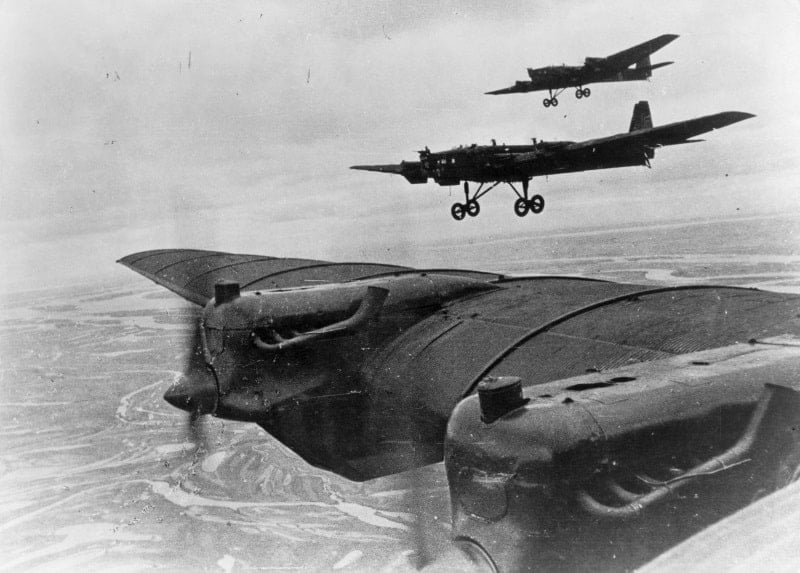
The plane also lacked landing gear brakes and had no fuel tank leak or fire protection. However, the engines were equipped with internal fire-extinguishing systems.
Notable Records
The TB-3 achieved notable records such as an 18-hour and 30-minute flight endurance record and several payload-to-altitude records.
The plane’s versatility, transitioning from a heavy bomber to a transport and specialized mission aircraft ensured that it remained a vital asset to the Soviet Air Force.
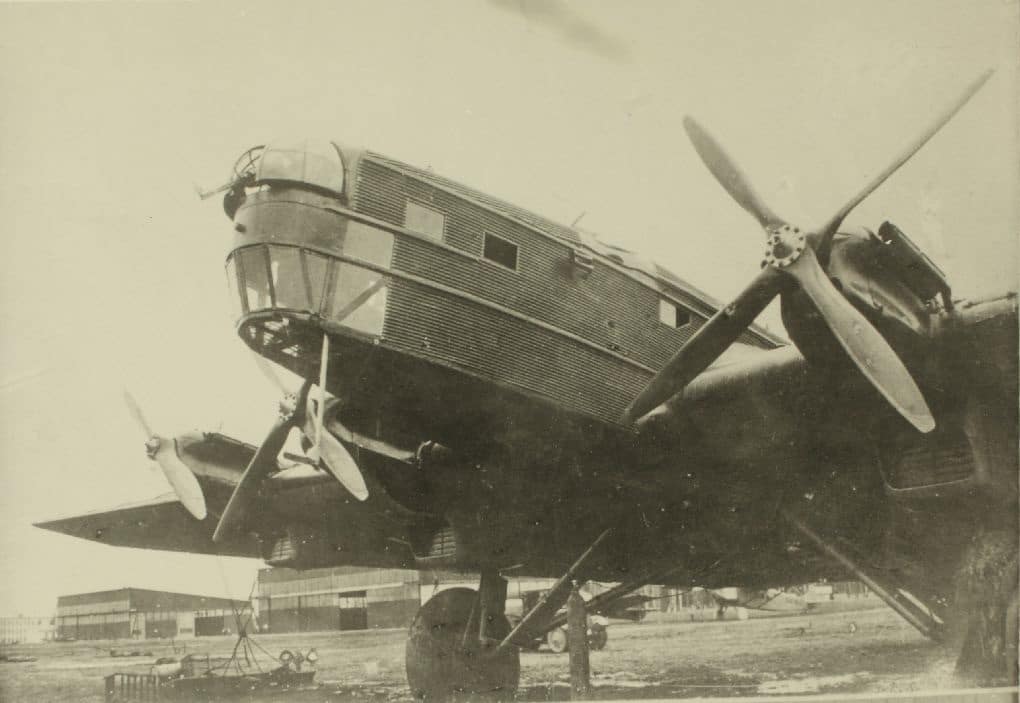
In 1941, when Germany initiated its invasion of the Soviet Union, the TB-3 was already considered outdated compared to newer bombers. Despite this, it played a crucial role in missions like transport and nighttime bombing raids.
During WWII, TB-3s earned the unwavering respect of its crew for its ability to absorb damage and keep flying.














